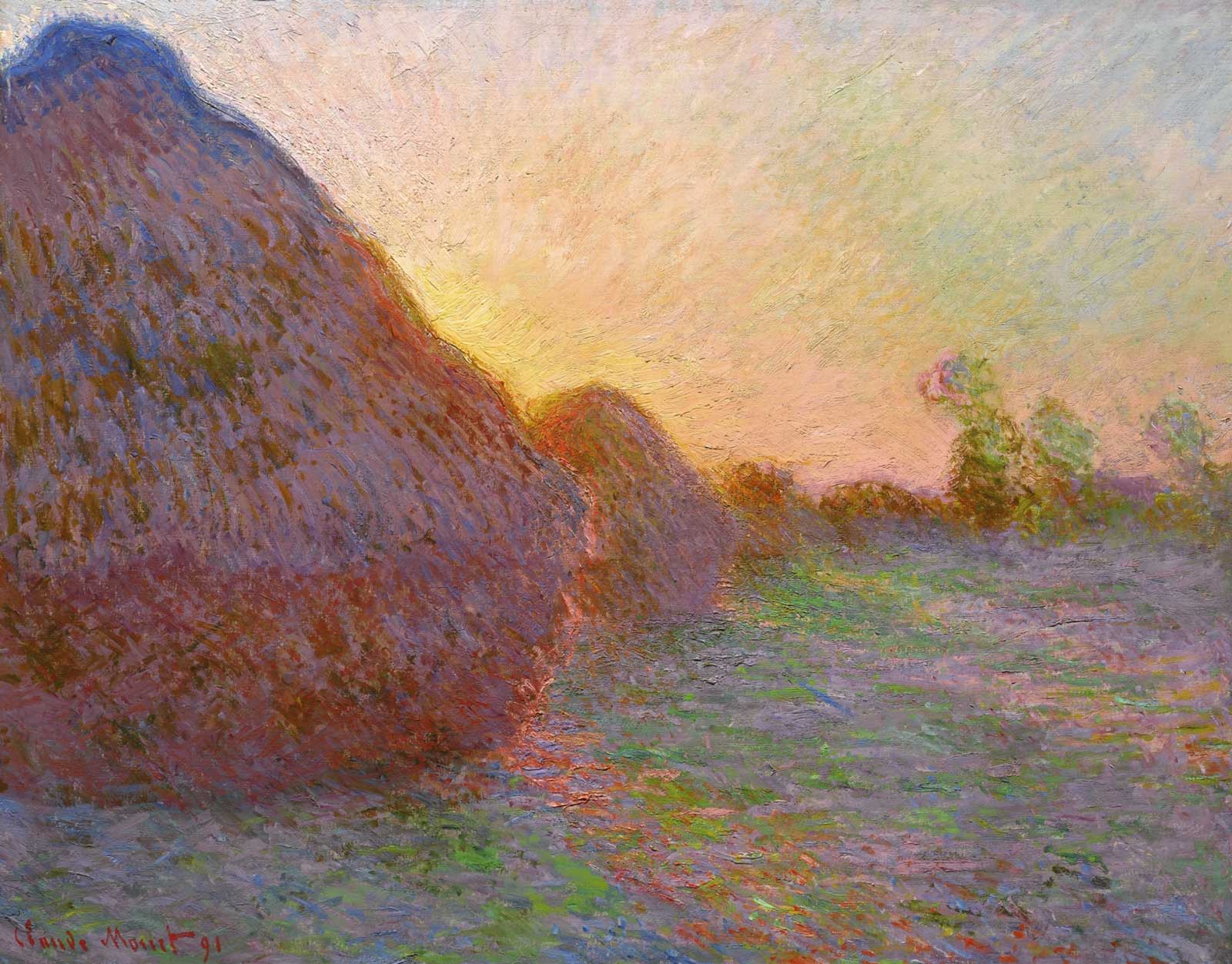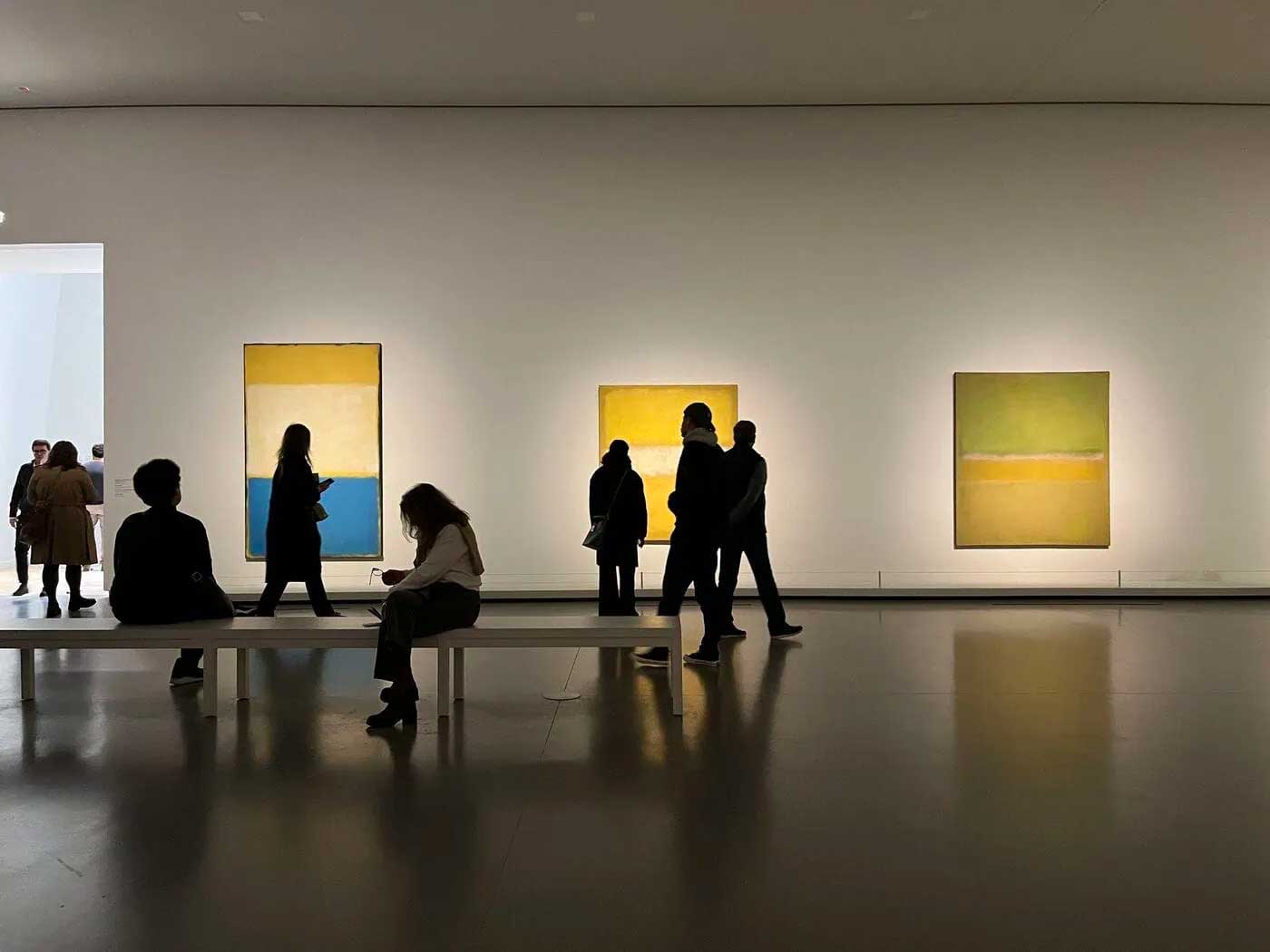Paris buzzes with excitement, gearing up for what could be the biggest art exhibition ever! The talk of the town is “Paris 1874: Inventing Impressionism,” celebrating the inaugural Impressionist exhibition. Monet, Renoir, Degas, and others liberated themselves from artistic conventions, initiating Impressionism. The Musée d’Orsay showcases approximately 130 works, offering a fresh perspective on this critical moment in art history.
On April 15, 1874, Felix Nadar’s studio witnessed the debut of the first Impressionist exposition, simply called the “Exposition des Impressionnistes”. Situated in the heart of Paris, the studio attracted not only the curious public, but also art enthusiasts seeking innovation. It was a sanctuary for the Impressionists to unleash their creativity fearlessly. Here, they boldly presented their works on their own terms.
On the 2nd and 3rd floors of the building, some 31 painters gathered to present a selection of 165 works. Among the notable artists featured were Claude Monet, Auguste Renoir, Edgar Degas, Camille Pissarro, Berthe Morisot, Alfred Sisley, and Gustave Caillebotte. The air in the studio was thick with cigarette smoke, avant-garde ideas, and a dash of scandal. With the energy of rebellious rock stars, the Impressionists burst onto the art scene.
As I wandered through the exposition, I couldn’t help but notice the deep pulse of change amidst societal stagnation. The French Academy’s corruption, dictating who could exhibit at the official salon, epitomized this separation. It wasn’t just an exhibition; it was a manifesto—a call to arms for artistic freedom and expression.
What is important to note, that the reception to the Impressionist movement wasn’t universally positive. Some praised their innovative techniques and departure from traditional academic standards. But others criticized their unconventional approach and departure from established norms in art. This tension between tradition and innovation sparked debate surrounding the Impressionist movement. This discussion also shaped the movement’s impact on the art world.
On this extraordinary day, Parisians hosted soirées filled with creative energy. Each conversations uncovered the enigmatic lives and scandals of the Impressionists. Legend has it that Degas exhibited his work, which he had already sold in advance. He took advantage of this event as a marketing opportunity for his art, adding to the excitement and intrigue of the day.
Amid societal turmoil, these rebels joined forces to showcase the real life, both its beauty and its challenges. The Impressionists painted everyday scenes and landscapes with careful strokes, filling them with emotions. Viewers were invited to become a part of their world.

Here’s how the “Paris 1874” exhibition defies tradition
- Impressionists found beauty in the ordinary, rejecting grand historical themes for everyday life scenes.
- They used bold brushstrokes and vivid colors to capture brief moments, breaking free from stiff academic rules.
- Immersing themselves in nature, they painted outdoors, capturing light and shadow with immediacy.
- They rebelled against the conservative French Academy, shaping their artistic destiny.
The first Impressionist exhibition was a loud call for artistic freedom. It rejected old rules and started a new era in art. The Impressionists painted in a way that no one had before. Today, their spirit lives on in modern creators, inspiring innovation and resistance. The Impressionist movement shows that art can make a difference and that expressing ourselves is crucial.
The Artistic Rebellion stands as proof of art’s power to challenge and provoke. Climate activists transform urban landscapes into canvases for environmental awareness. Meanwhile, queer artists celebrate identity and challenge societal norms. Banksy, enigmatic as ever, leaves stenciled truth bombs on brick walls worldwide.
From the revolutionary dawn of Impressionism to today’s dynamic art scene, we see a continuum of creativity and innovation. Like Monet and his contemporaries, modern creators such as Banksy, Ai Weiwei, Yayoi Kusama, and Marina Abramović challenge norms. They reshape art with their bold expressions.
The Impressionist movement’s legacy reminds us that art isn’t just about showing what’s happening in society; it’s also about making things different. It shows how powerful expressing ourselves can be.
As we look back at history and think about today, let’s remember to keep the Impressionists’ spirit of innovation alive. And if you’re planning a trip to Paris, make sure you visit this amazing exhibition. It’s heading to the National Gallery in Washington, DC soon, so catch it while you can.




